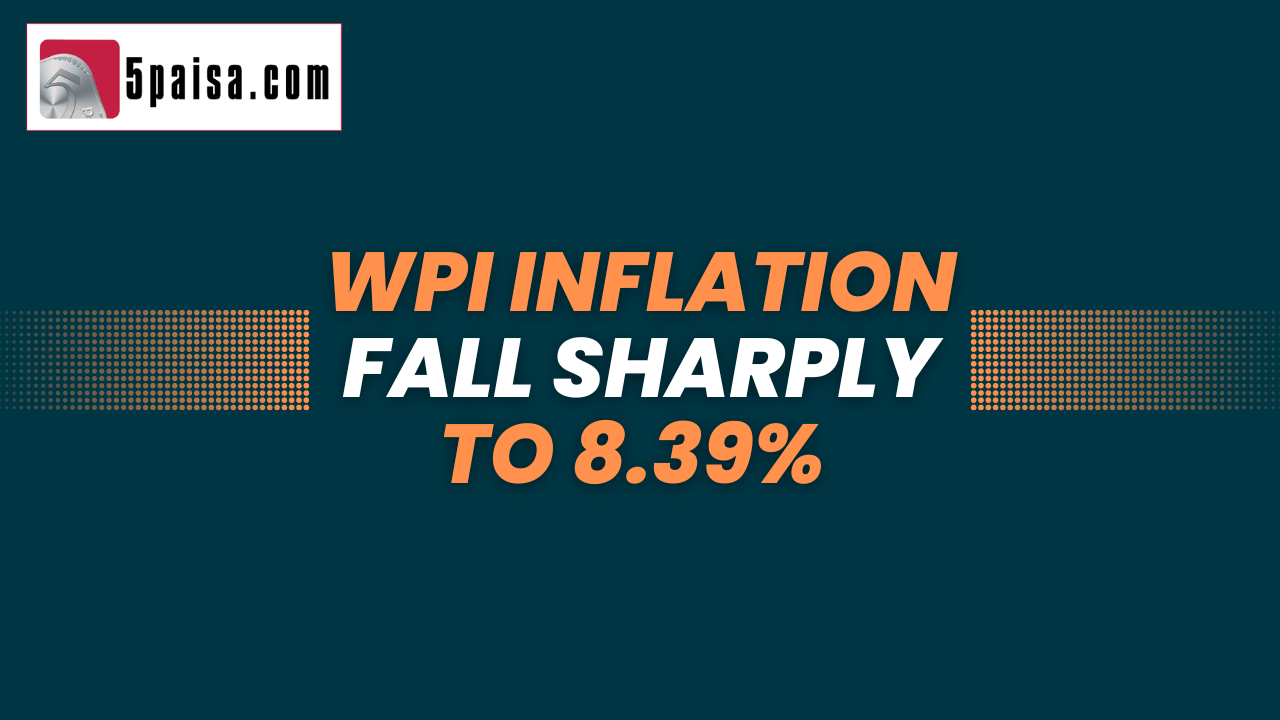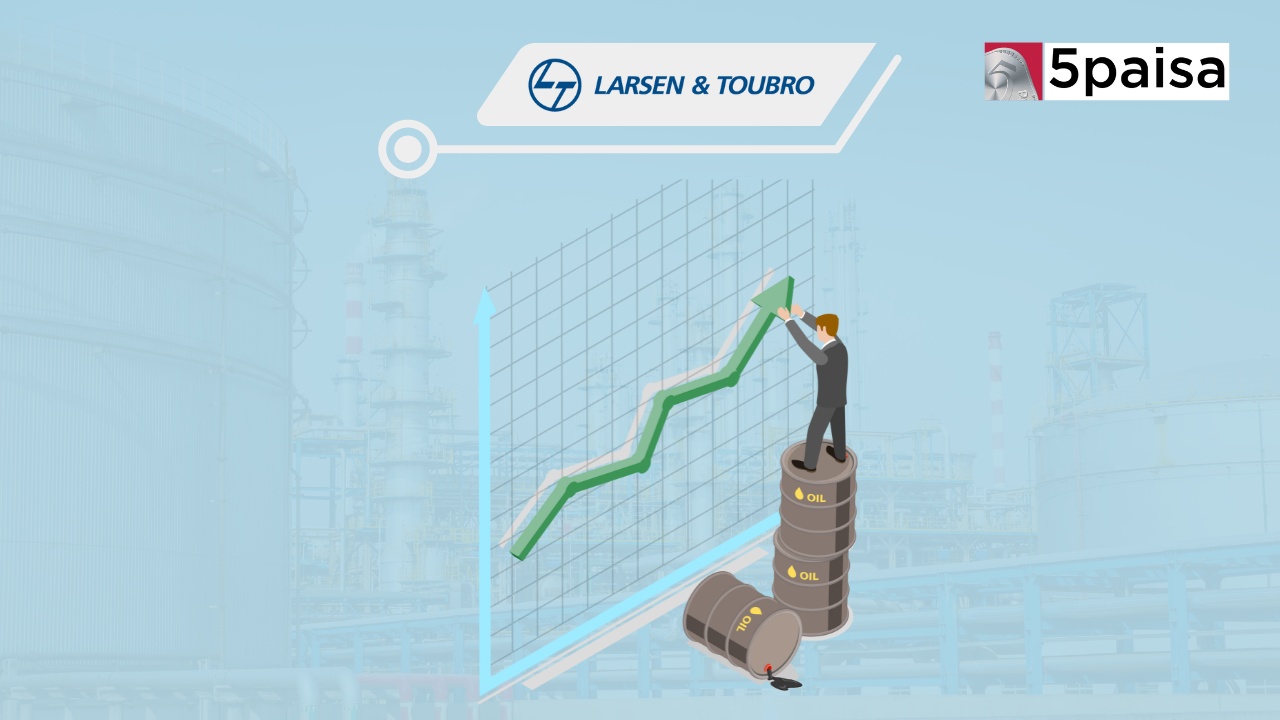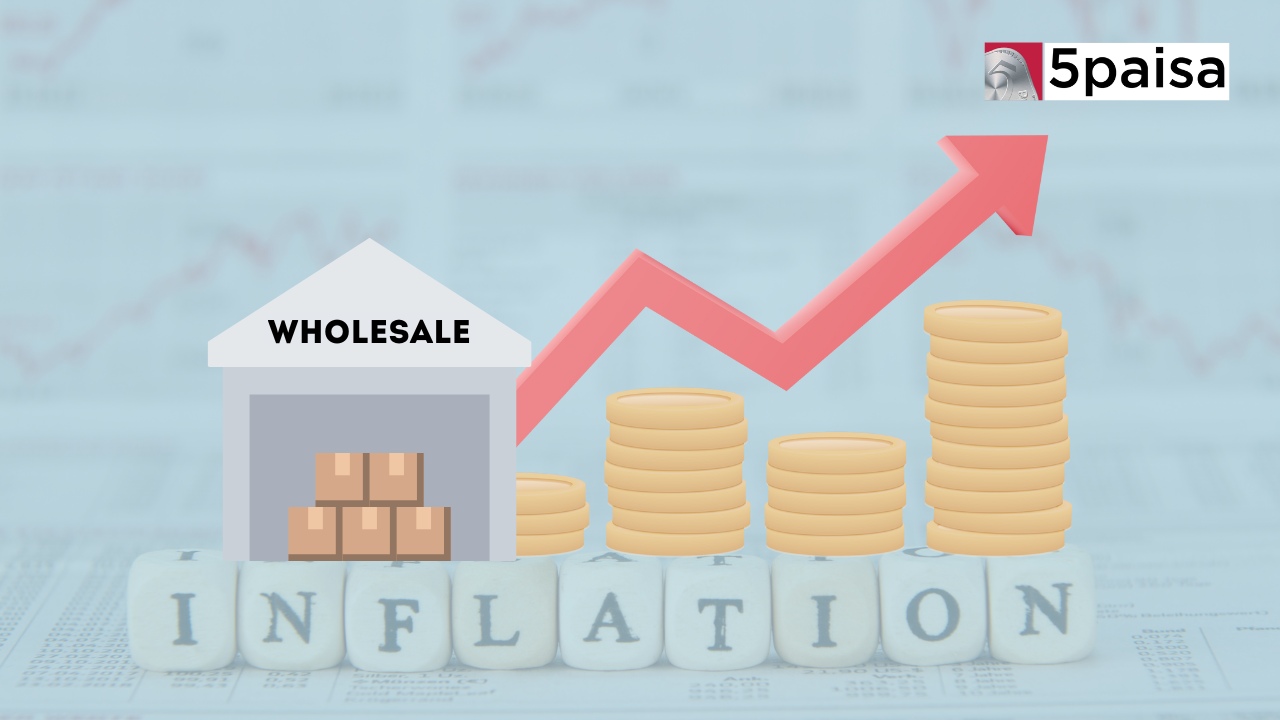WPI inflation falls sharply to 8.39% for October 2022

Last Updated: 14th December 2022 - 03:02 pm
As the RBI continues to hike repo rates with limited impact on CPI inflation, the actual impact may be showing up elsewhere. The rate hike efforts of the RBI are showing results in wholesale inflation or WPI inflation, which has fallen sharply by 824 basis points from 16.63% to 8.39% between May 2022 and October 2022. As we go ahead, the higher WPI base effect should only the current month yoy WPI inflation to moderate further. What is interesting to note is that this is the first time in the last 19 months that WPI inflation has fallen back to single digits; the last occasion being the 7.89% WPI reading in March 2021.
What would perhaps impress the RBI and strengthen its inflation case with the government is the sharp negative correlation between RBI hawkishness and WPI inflation. Between May 2022 and October 2022, the RBI hiked repo rates by 190 basis points from 4.00% to 5.90. The same period saw WPI inflation fall sharply from a level of 16.63% to 8.29%. That is sharp fall after WPI inflation had touched a 31 year high of 16.63% in May this year. In May 2022, WPI inflation had touched a 31-year high level of 16.63% amidst the Ukraine war and the sanctions on Russia. Now, the hope is that CPI inflation will follow with a lag.
WPI inflation reading over the last 3 months
The table below captures the overall WPI inflation as well as the 3 major components of the WPI basket viz. primary articles, manufactured products and fuel. Food basket is drawn from primary articles and manufactured products.
|
Commodity Set |
Weight |
Oct-22 WPI |
Sep-22 WPI |
Aug-22 WPI |
|
Primary Articles |
0.2262 |
11.04% |
11.73% |
14.74% |
|
Fuel & Power |
0.1315 |
23.17% |
32.61% |
35.03% |
|
Manufactured Products |
0.6423 |
4.42% |
6.34% |
7.51% |
|
WPI Inflation |
1.0000 |
8.39% |
10.70% |
12.48% |
|
Food Basket |
0.2438 |
6.48% |
8.08% |
10.06% |
Data Source: Office of the Economic Advisor
What do we infer from the table above? Between July 2022 and October 2022, fuel inflation fell from 44.62% to 23.17% amidst recession fears and the Indian government keeping an artificial check on prices. The latter move has been necessitated to check inflation. But the challenge is that OMCs are losing billions of dollars and this cannot sustain. At the same time, OPEC plus is keen to hold Brent crude prices around $100/bbl by cutting supplies. While oil inflation could still be a joker in the pack, manufacturing inflation is clearly trending lower due to the fall in the raw material, power and transport costs.
Why you must also look at high frequency WPI inflation
Unlike the normal yoy WPI inflation that is often quoted in the press and media, there is the sequential MOM WPI inflation which captures the short term momentum quite effectively. Here is what we read from the MOM WPI inflation numbers.
-
Headline MOM WPI inflation at +0.26%, has become positive after 3 consecutive months. One can say that the short term momentum is inclining towards upside and that could be due to the downstream impact of oil staying at higher levels. One risk is that any tapering of Fed hawkishness could again spike oil prices.
-
High frequency inflation in manufactured products remained negative at -0.42% and that is largely because the momentum is negative in input costs, power costs and manpower costs. Interestingly, the pressure on MOM inflation came from the primary basket. Within primary articles, crude oil and gas extraction prices have gone up as have the landed costs, while weak Kharif has pushed up food prices by 2.3% MOM. Minerals inflation has however trended lower.
What does this WPI number portend on RBI rates stance?
RBI must be pleased about the 824 bps fall in WPI inflation since May 2022. That is a good narrative for the RBI to convince the government that the anti-inflation is actually working. However, the fact that the CPI inflation is still out of the RBI threshold of 6%; means that another 50 bps rate hike and a terminal repo rate of 6% could be likely. MPC members like Jayanth Varma and Ashima Goyal are already asking for a halt on rate hikes. Perhaps, after one more rate hike, the RBI may prefer to wait in the side lines.
The good news for the RBI is that lower WPI normally translates into lower CPI with a lag. WPI inflation tends to be more sensitive to rate hikes compared to CPI inflation, so the key will be the pace of transmission. For now, RBI has the luxury of contemplating a shift in its language from inflation to growth in 2023, if not in the immediate December 2022 policy.
- Flat ₹20 Brokerage
- Next-gen Trading
- Advance Charting
- Actionable Ideas
Trending on 5paisa
06
 Tanushree Jaiswal
Tanushree Jaiswal
Indian Market Related Articles
Disclaimer: Investment in securities market are subject to market risks, read all the related documents carefully before investing. For detailed disclaimer please Click here.
 5paisa Research Team
5paisa Research Team




